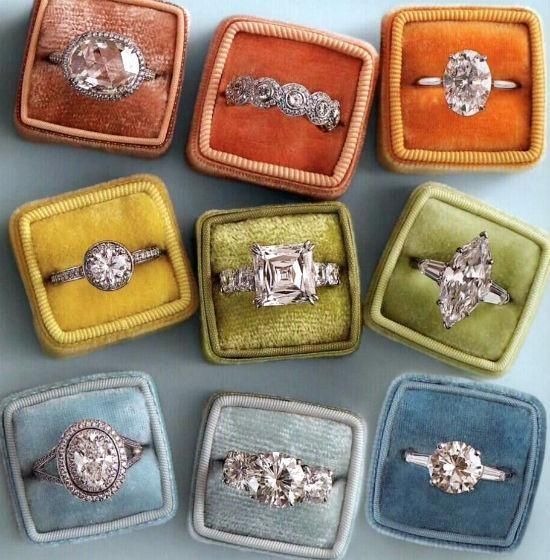
Engagement Ring Setting- Find Your Perfect Style!
10.12.18
As the holiday season is upon us you can already smell the romance in the air! New research has found that Christmas Eve is the most romantic day of the year as well as the most popular for men to propose. More than 53 million men are searching to buy a perfect diamond ring.
Nowadays shops have so many options that it might turn to your own nightmare before Christmas, but don't you worry we decided to review all the diamond settings and ring styles to make your choice a bit easier!
1. The Claw & Solitaire Setting
One of the most popular and classic setting styles! Metal claws can be rounded, pointed, flat, or V-shaped holding the diamond tightly. A combination of four or six prongs is often used, but more claws may be employed depending on the style and desired effect. The minimum presence of metal allows more light to pass through the diamond, increasing its brilliance and fire. This setting not only offers a timeless look but also complements and supports a variety of diamond shapes and sizes.
Of the prong settings, the most common is the solitaire setting featuring one diamond or other precious stone. The solitaire setting draws all of our attention to the stone with little to distract us like other stones or fancy metalwork.
(In 1886, Tiffany & Co. scientifically developed a specific solitaire six-prong setting to maximize the light return on the diamond. This plain-band setting has come to be known as “the Tiffany setting,” distinguished primarily by the “knife edge” of its shaft and the design of its prongs.
While it is possible to obtain a similar setting at virtually any jewelry shop or website today, it will never be an exact Tiffany setting because Tiffany has trademarked their prong design.)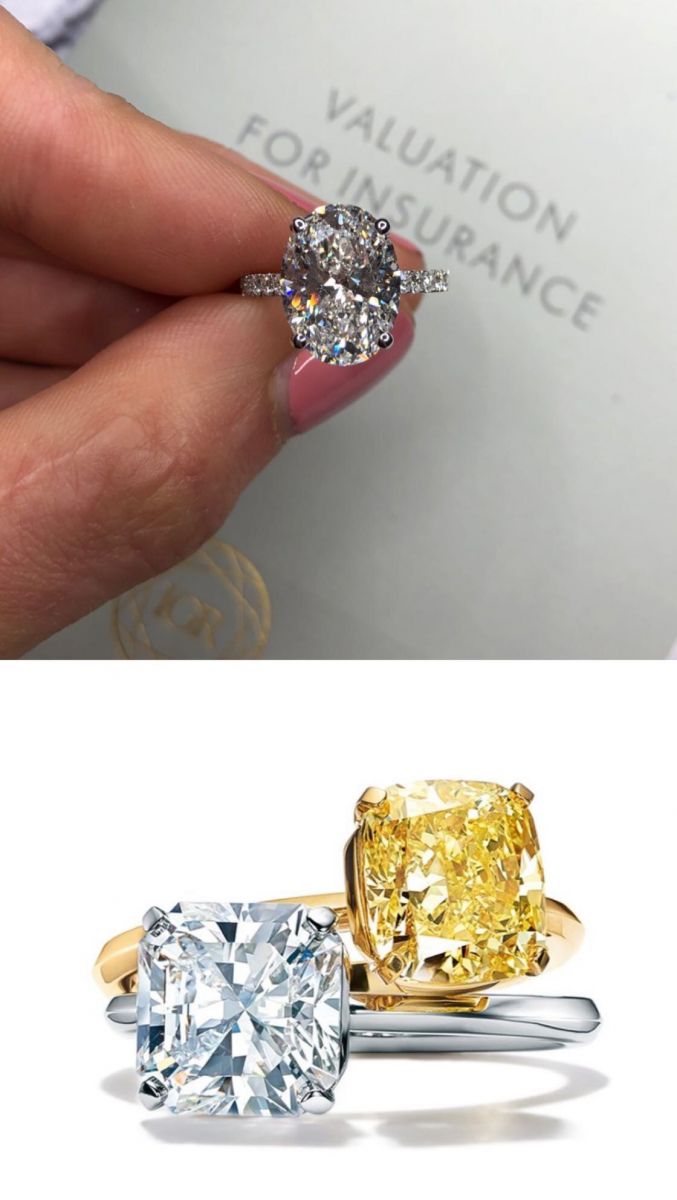

2. Bezel or Rub-Over Setting
The bezel setting is the second most popular ring setting due to its modern look and suitability for an active lifestyle. Instead of holding the diamond with prongs, a strip of metal encircles the edge of the stone. Such setting offers greater protection and hiding any flaws on the girdle of the stone.
A bezel setting can be a full or partial setting: a full bezel completely surrounds the diamond whereas a partial bezel leaves the sides open.
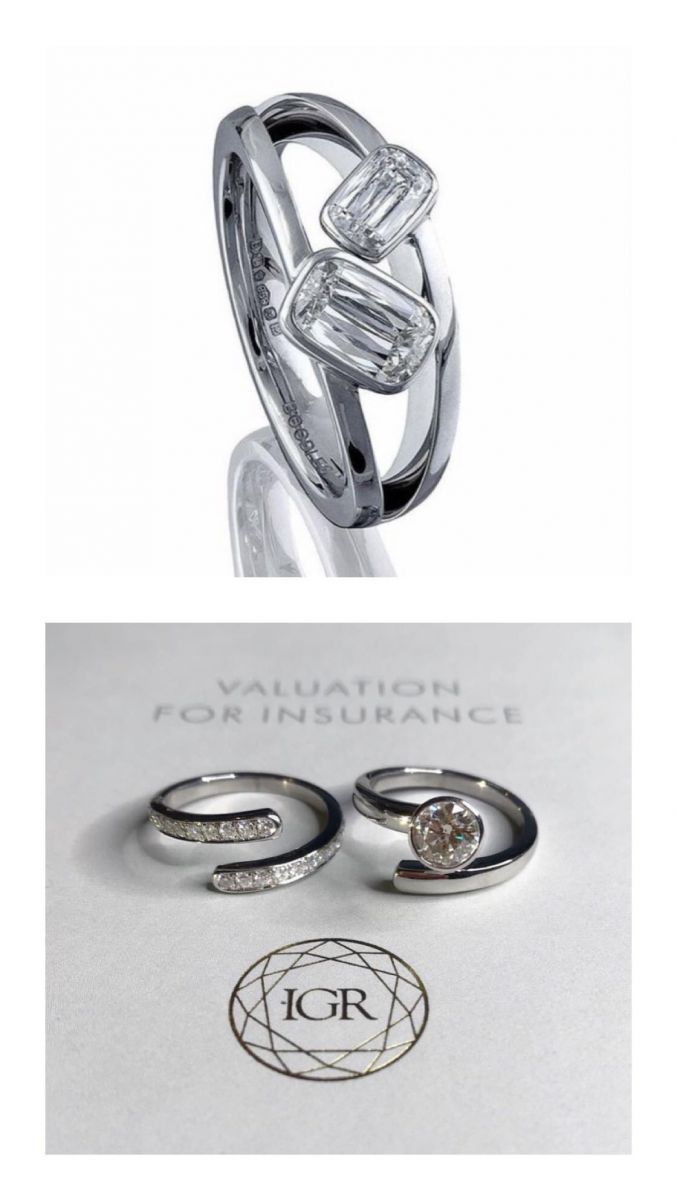
3. Tension Setting
Tension setting is named for the tension of the metal band that secures the diamond in place, the result is that the diamond appears to be suspended in air. Taking dimensions of the stone into consideration, the jeweler cuts tiny grooves into the sides of the band, or shank, so that the stone, is literally held by the pressure of the custom-designed metal band pushing into the sides of the stone. Tension setting creates a very unique looks and allows the light to pass through creating lost of fire and brilliance.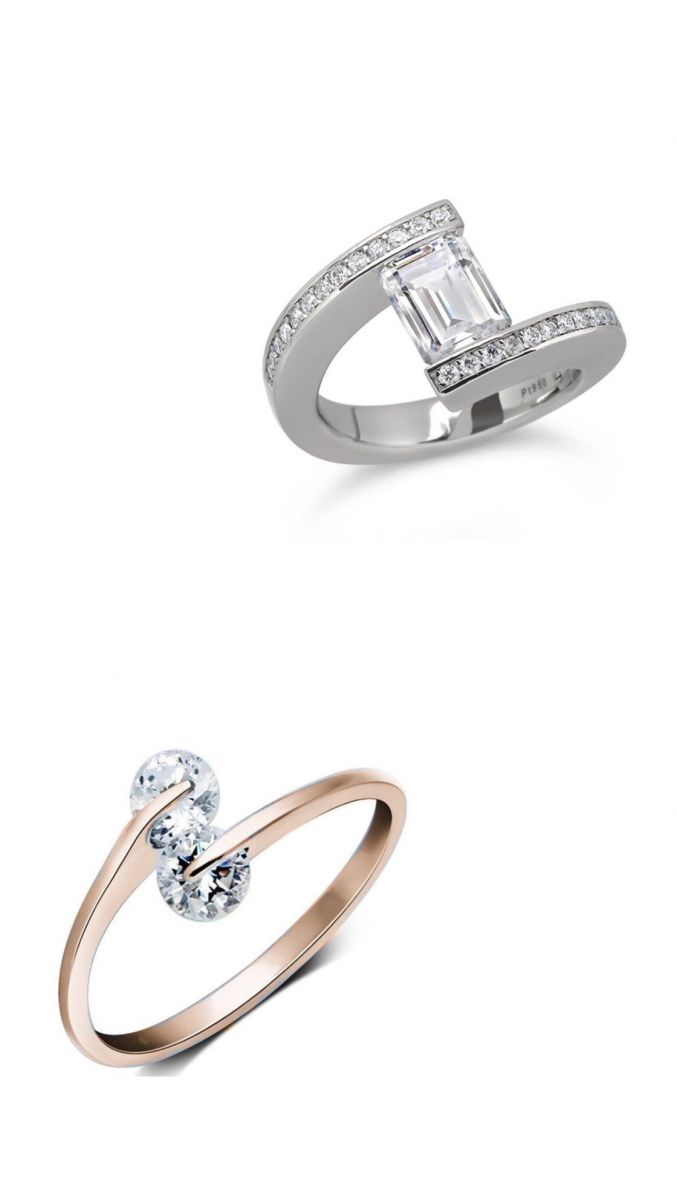

4. Channel Setting
The channel setting is a secure way to set smaller diamonds in a row into the band of the ring, perfect choice for wedding bands. Stones are set closely together into a channel with no metal separating them. 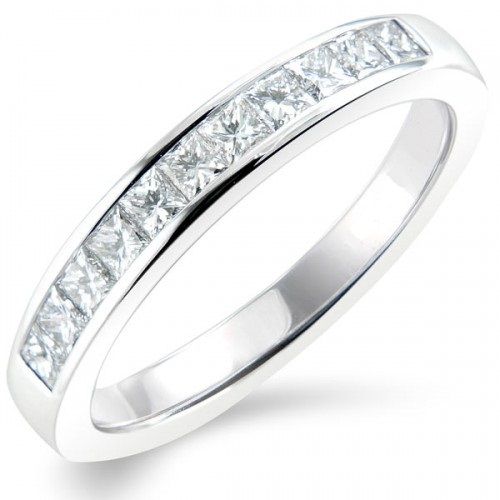

5. Bar Setting
Bar setting is very similar to channel setting, however, the difference is that channel settings enclose the diamond on all sides whereas the bar setting leaves the diamond exposed on two sides, held in place by the metal bars that secure the stones on the other two sides.
This setting can compliment a center stone or stand alone for an impressive wedding band or stackable ring. See the photo below of a bar-set eternity band.
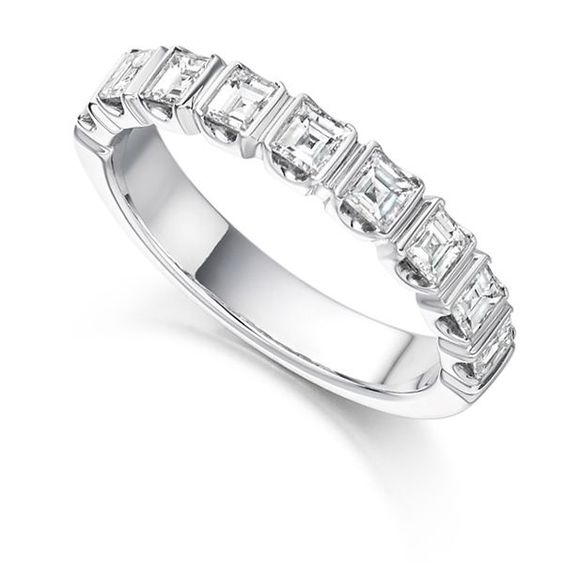
6. Pave Setting
In this style of setting the stones are placed closely together, minimizing the amount of metal seen. The jeweler typically drills holes into the ring, carefully places the diamonds into the holes, and forms mini-prongs, around each diamond to secure them into the holes. This kind of setting is more popular for smaller stones. 

7. Gypsy or Flush Setting
A flush setting, also known as a gypsy setting, sets the diamond into a drilled hole in the band of the ring. The Gypsy setting normally starts with the goldsmith drilling a hole in the band of a ring and placing the Diamond or gemstone into it. Once the gem is in place the metal around the girdle is pushed slightly over the gemstone securing it in place. The difference between a bezel setting and gypsy setting is that the metal on a bezel setting will almost seem to come up over the gemstone, whereas in a gypsy setting the gemstone is sunk into the metal, so the gemstone sits below the surface of the metal.
This type of setting is a popular choice for wedding bands, especially men’s wedding bands, as the diamond sits securely in the band of the ring and is therefore highly protected from chipping or falling out.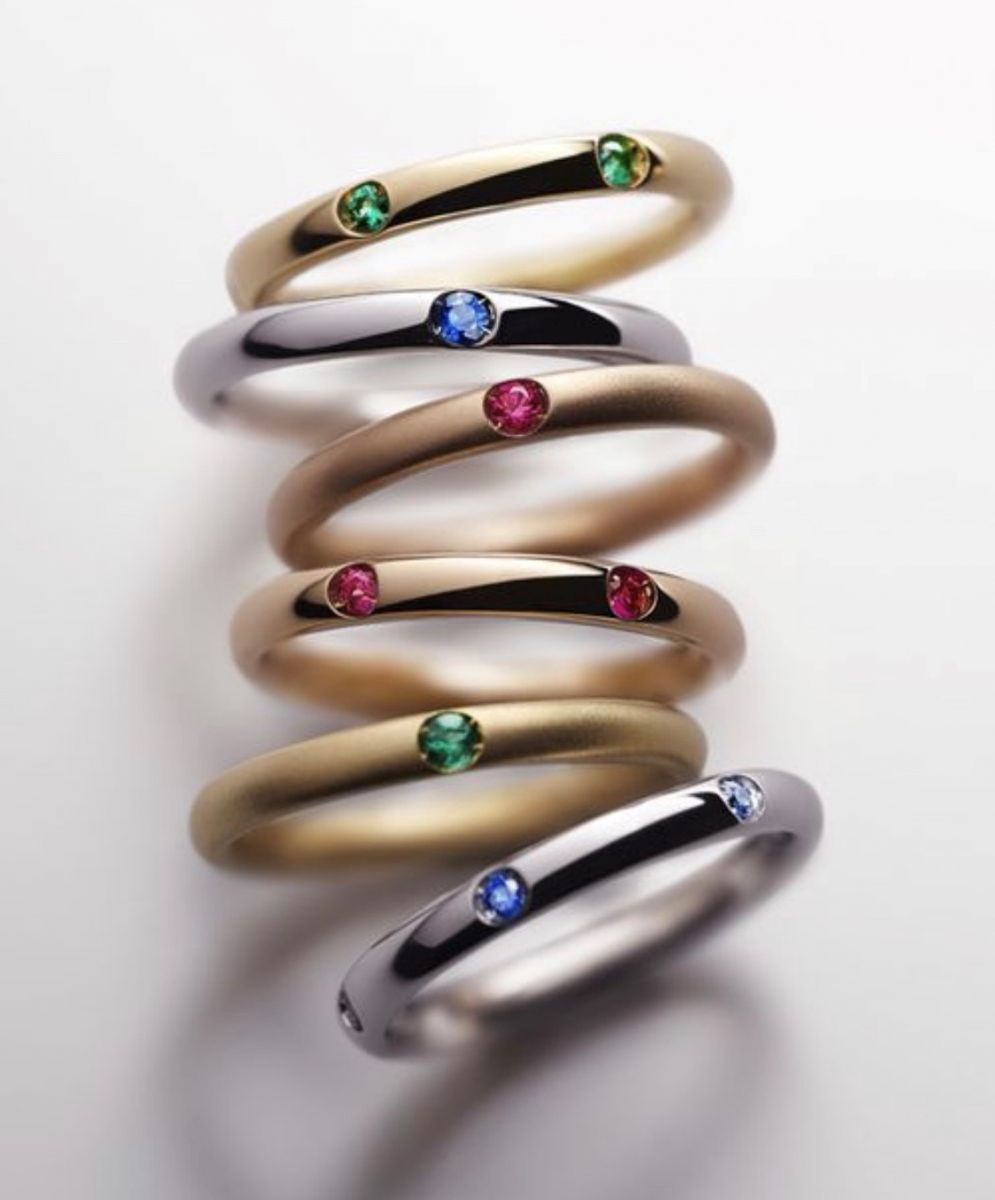

8. Halo Style Setting
Halo style setting is when the diamond or gemstone is surrounded by a thin round (or different shape) band with stones, usually diamonds. The halo setting makes the center stone appear larger—a great option to boost the appearance of a small diamond—and it increases the overall sparkle of the ring. A halo setting, then, can be a way to save money on a smaller-carat diamond while not sacrificing the overall appearance of the ring. In addition, adding a halo of colored gemstones or setting the halo diamonds with a different color metal can make for a contrast in colors.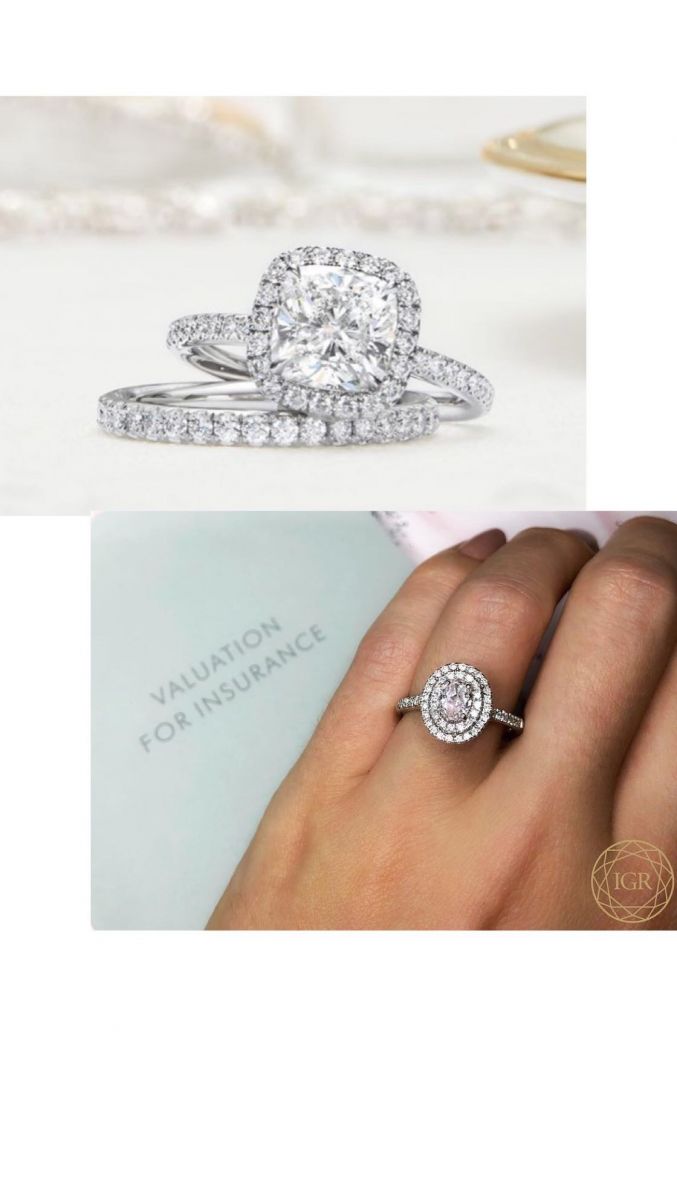

9. Kissing Stones Setting
The Kissing Stones is an exceptionally unique type of setting that can only be executed by few jewelers, one of them is the famous jewelry house, Boghossian. Setting stones within other stones are not new, but the Geneva-based jewelry house has refined an old-world method to yield a more contemporary style. Kissing Stones technique evolved from the inlay method. "It is like two stones are holding each other in a poetic embrace". They removed metal as much as possible to give the stones the freedom to dance and hold each other.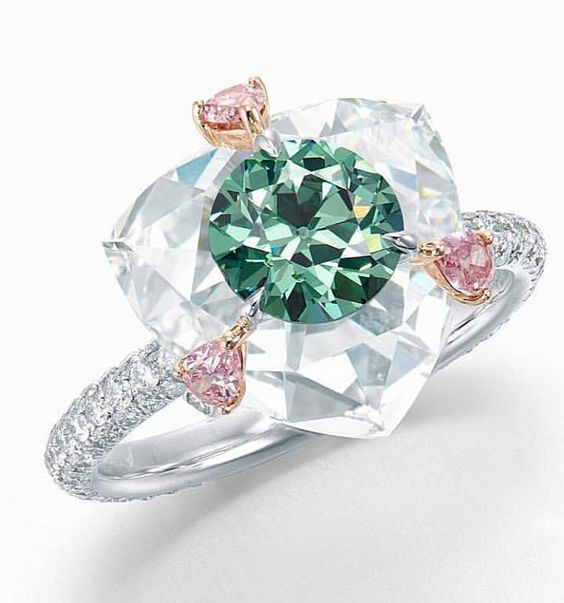

This was the top 9 most popular ring settings. Choosing the setting is one of the import steps to creating your dream ring. There is a lot to choose from, but the selection largely depends on personal style and preference—along with the wearer’s lifestyle.
We hope our list makes your choice easier. Want to browse more pictures of different ring styles, head over to our Pinterest or Instagram profile to find the perfect one for you and your special one!
Zhanna@IGR




